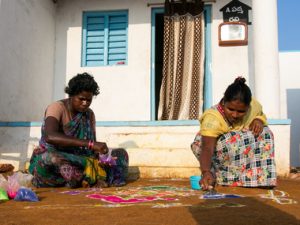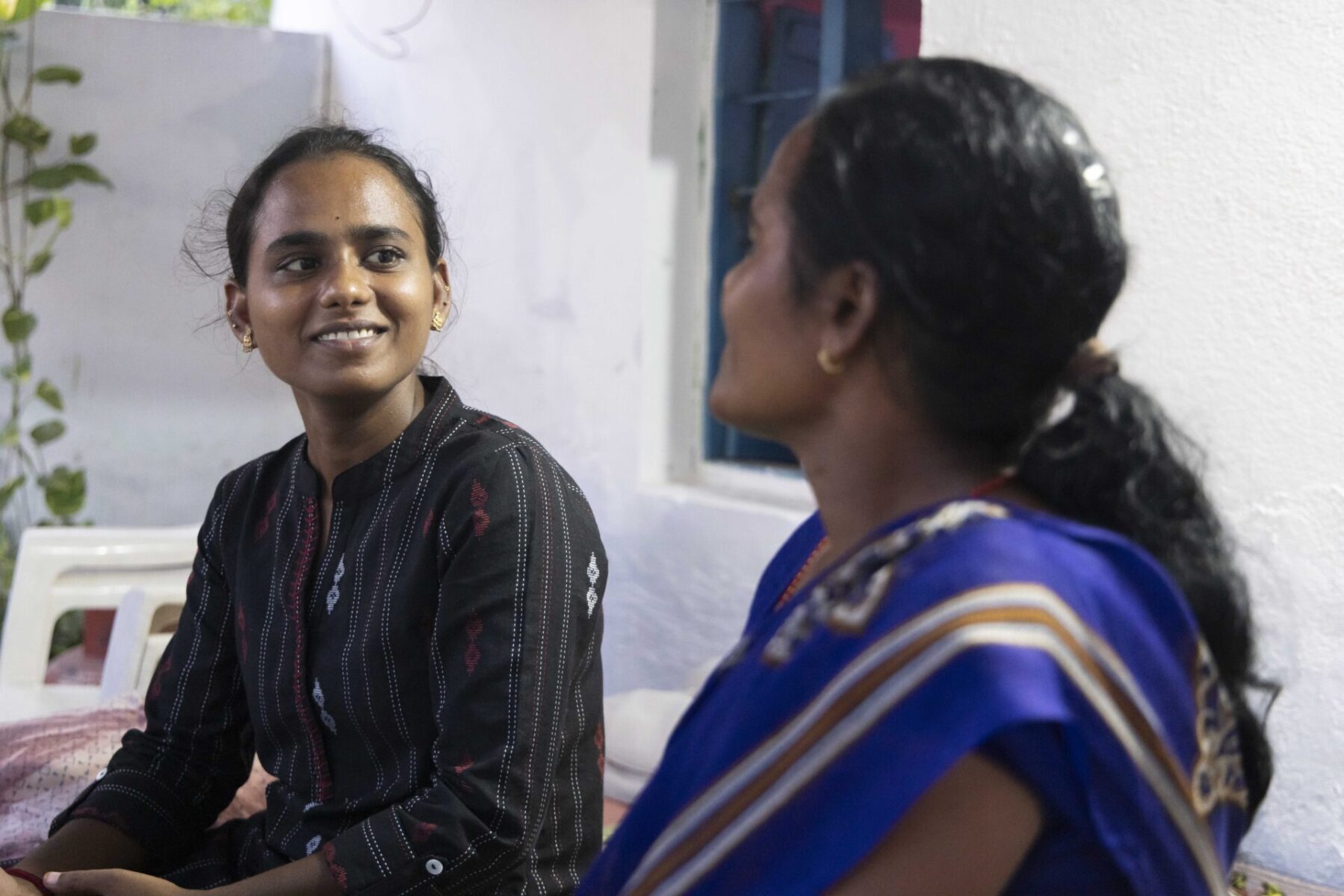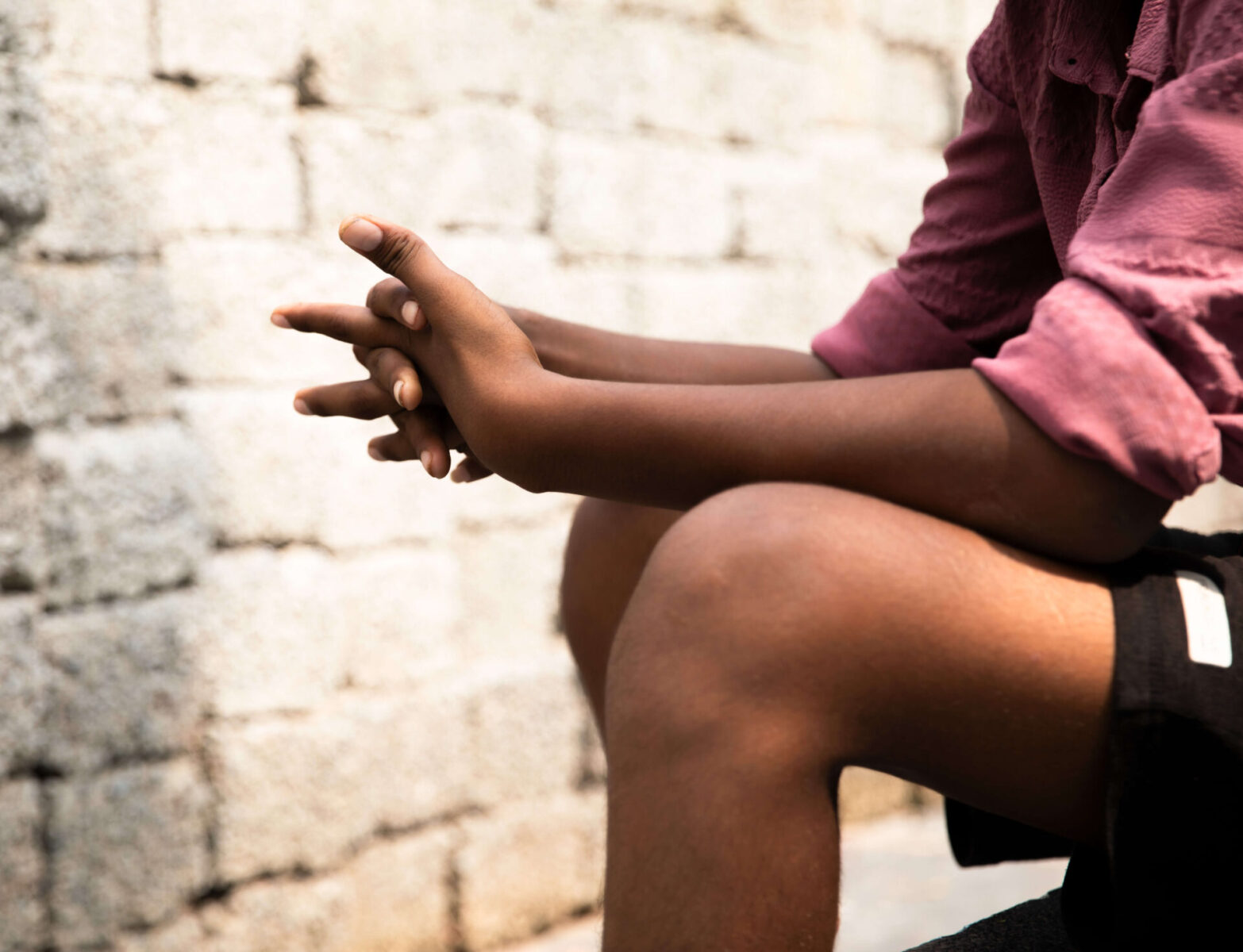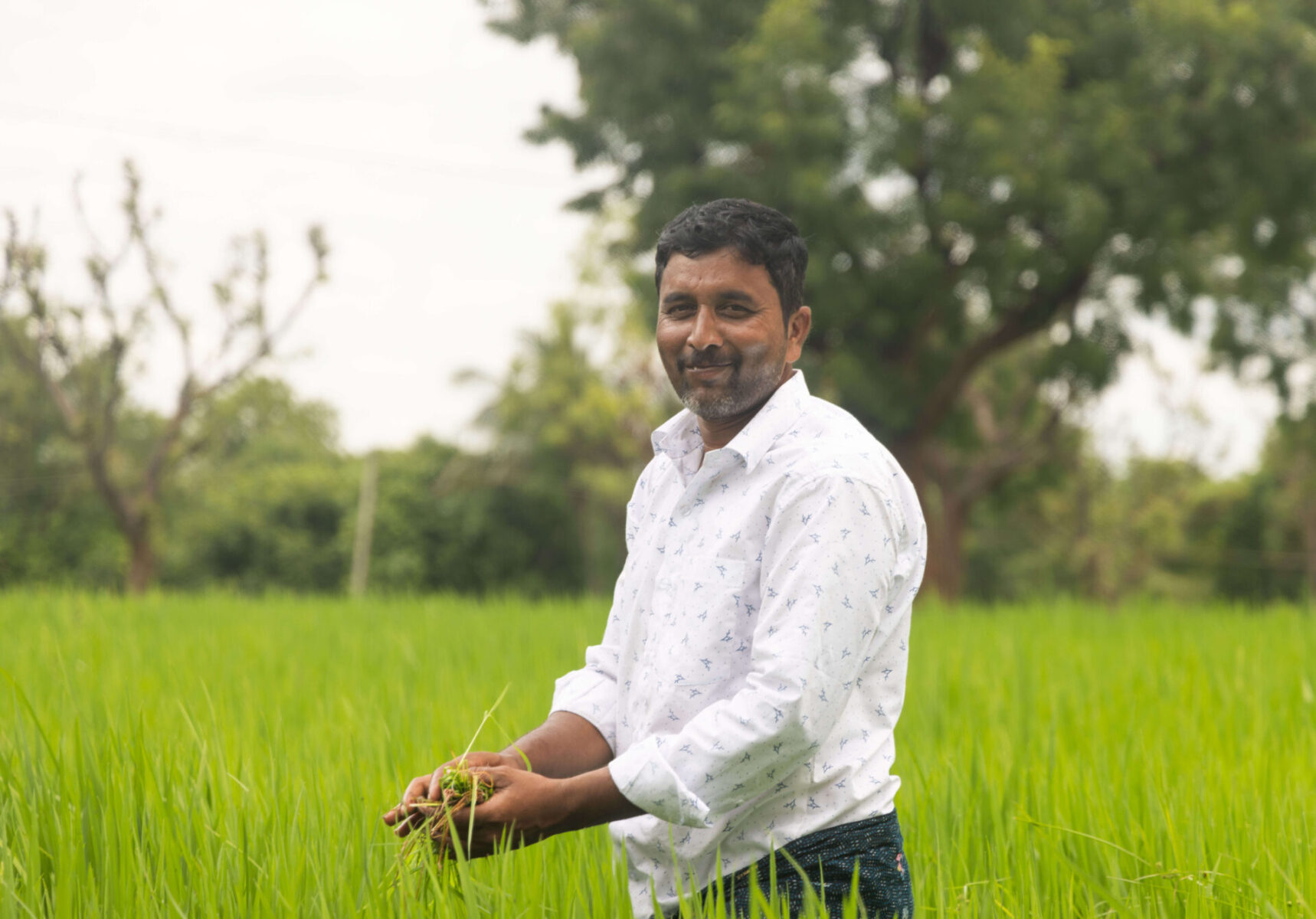“I raised and buried my daughter in a cemetery”
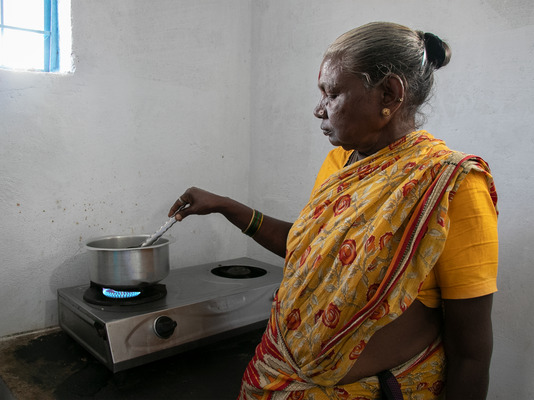
50 years ago, a few days after her wedding, Nagamma arrived in a cemetery of Bogadi Thotu in Nellore from Thirumala. Although she never built a house there, however the cemetery became her home. A filthy home, as she would call it. Nestled between a garbage dumping ground, cremation area and a cemetery, Bogadi Thotu was home to 251 families. Nagamma’s family of ten was one of them.
“In this place, almost all women have heart issues,” says Nagamma while preparing for lunch in her first kitchen ever. “Look around the area and you will know why. The constant stench and germs from the dumping zone made my daughter sick, she started having heart problems but remained undiagnosed. We were unable to afford her treatment at the private hospital and she passed away at the young age of 21,” continues Nagamma as she wipes tears with her saree. “The game of destiny is funny, I gave birth to her in the land of dead and bid farewell in the same place”
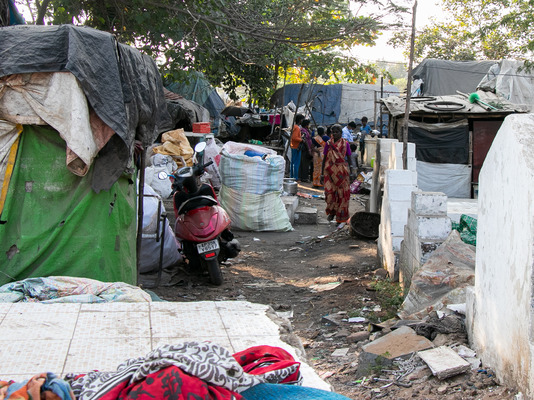
For over 50 years, the inhabitants of Bogadi Thotu lived in extreme conditions. They were not living but just existing as some would say. The houses were a mere pile of plastic sheets kept together by wooden poles. Instead of tiles, mud and trash covered the floor. There were no kitchens and no bathrooms, however, the graves of the dead served as a platform for cooking food, and the tombstone a shield for toilet purposes. Women and children became the worst victims of the situation who suffered from severe health problems due to poor environmental hygienic conditions in the burial ground. The women and adolescent girls endured a lot as lack of privacy and proper place for bathing made them bathe once a week. This led to their poor health & personal hygiene conditions.
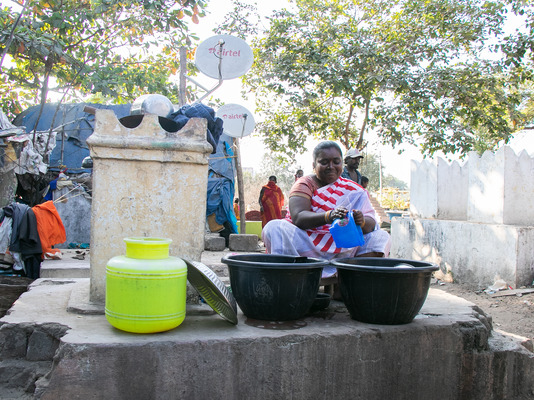
A few years ago, when the District Collector of Nellore, Ms M Janaki approached Anne Ferrer, Co-Founder and Executive Director of RDT to oversee the situation at Bogadi Thotu, RDT was immediately assigned with the duty to ensure access to dignified livelihoods to the people who lived among the dead. “Shortly after receiving the request, we visited the place to analyse the requirements of people, the land and feasibility of construction. The situation was horrible there”, says Rajashekhar Reddy, Habitat sector Director.
Today, after overcoming many obstacles and with the support of the local government, 251 families have access to dignified housing and a rekindled hope for a better future. The colony is spread across 1.2 kilometres of the land.
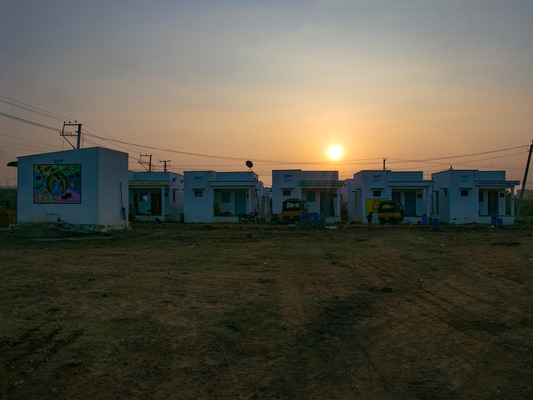
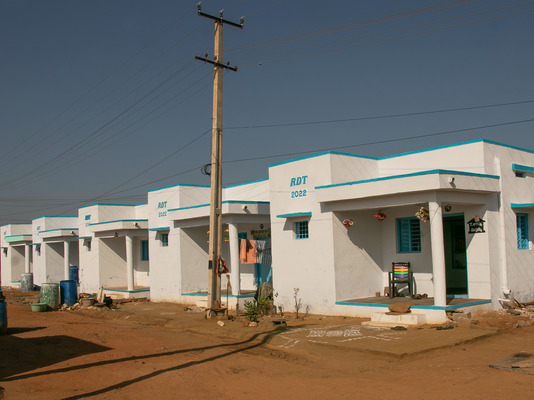
47 year old Danashekhar was born and spent his entire life in Bogadi Thotu. “I could never imagine a life outside this place,” he pauses as he coughs. “As you see, I have asthma. Every person in this place is sick in some way or the other”, he continues as he packs his children’s books to take to the new house. “I could never study in this place. This is no place to study. The constant foul smell, no electricity and contamination can never be a favourable condition to study,” he shares.
Danashekhar is relieved now. As they move to a new colony, he is assured that his three children will have better conditions for studying and they can complete their education. “I used to go the school early in the mornings before it started so that the teacher does not scold me for not completing my homework,” says Niharika, Danashekhar’s daughter who is a class fourth student. Some children would go to the main road during the nights so that they can study under the streetlights. However, it was not a safe option for many girls, so they opted to go to the school as early as 5 in the mornings. “I was also scared of the nights. There were times when some people would come to the cemetery and would cry and wail loudly. Their mourning became my nightmare,” she says.
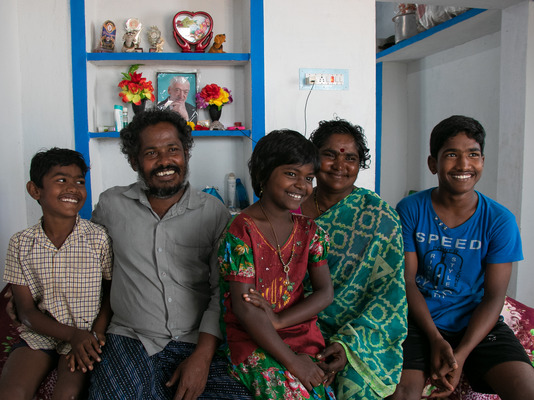
The newly constructed houses are 1 BHK sets along with separate bathrooms. They are designed according to the region and climatic conditions of the district. The rooftop and the verandah are made of cement to avoid water leaking during the Cyclone season. Not just this, the construction of the houses involved the participation of all inhabitants to secure a sense of ownership. Of 34 leaders in the construction teams, 27 were women!

“These days I study better. My dream is to become a policeman, and maybe the next time you see me, I am already one!” exclaims sparkling eyed Sanjay, a 13 year old resident of the new colony.
Text: Dyuti Khulbe/RDT

